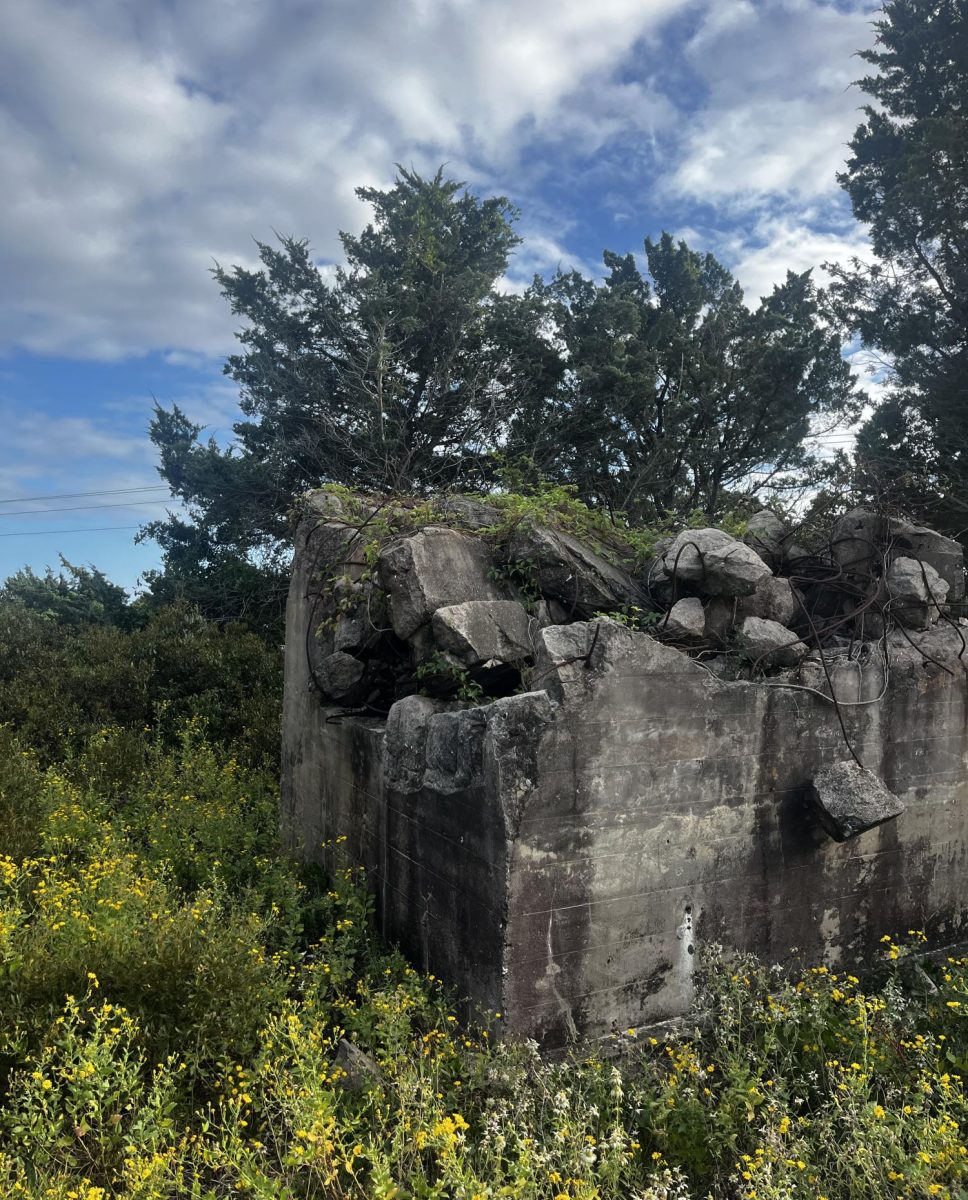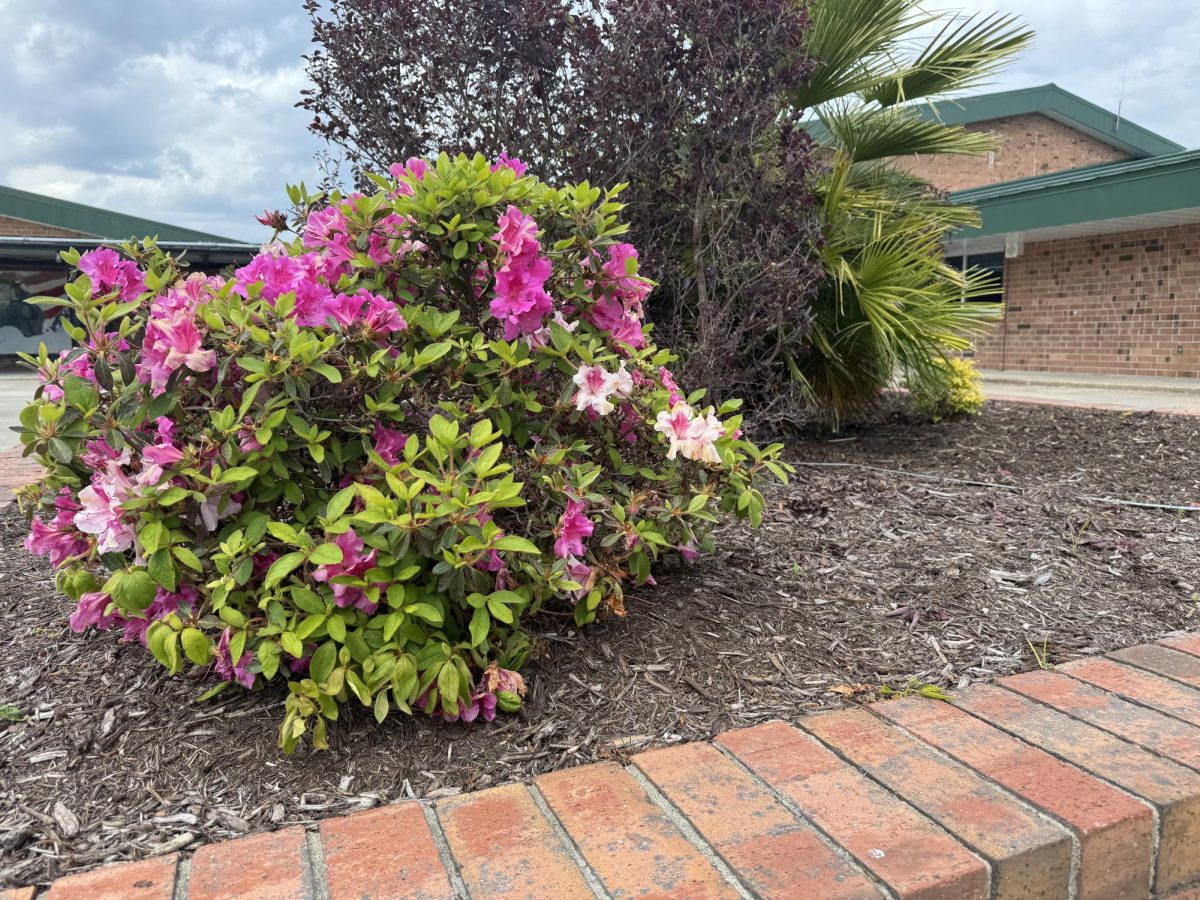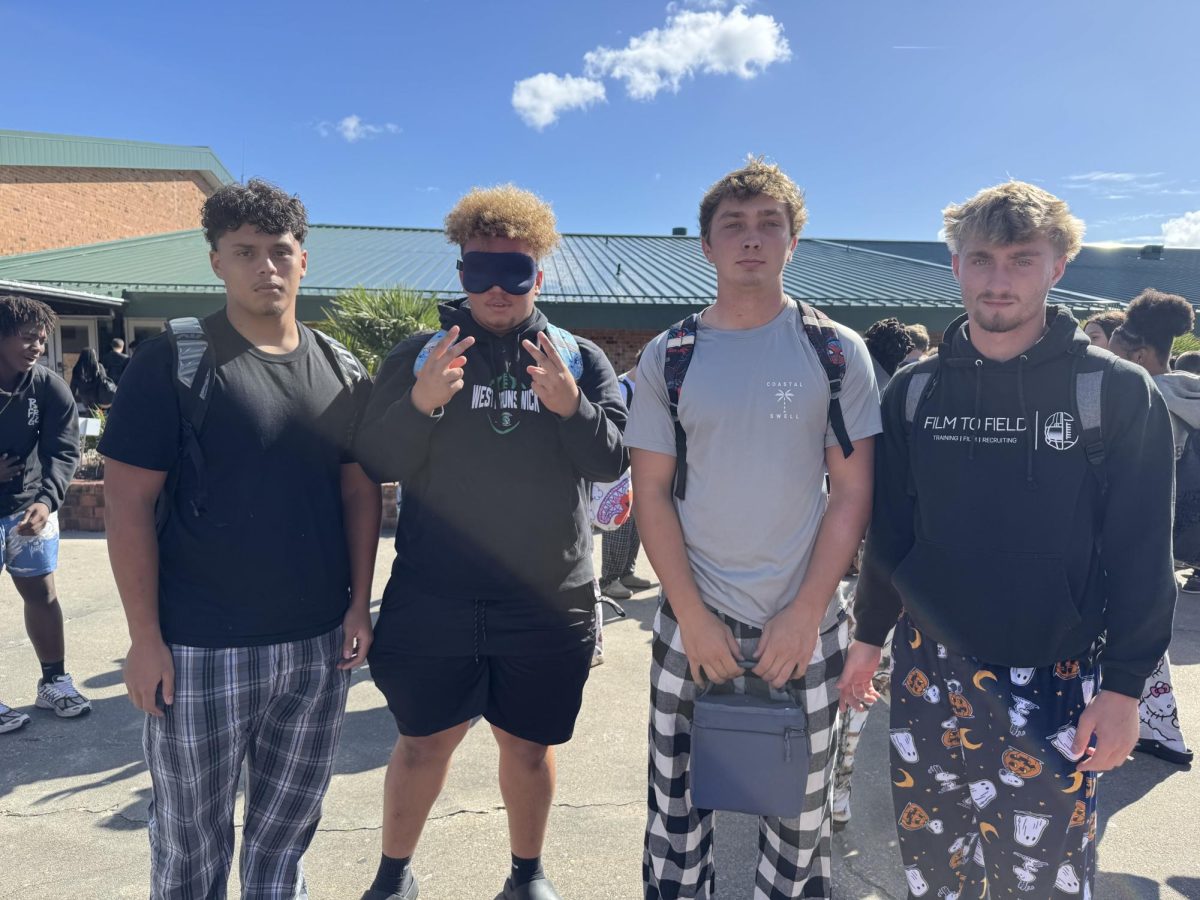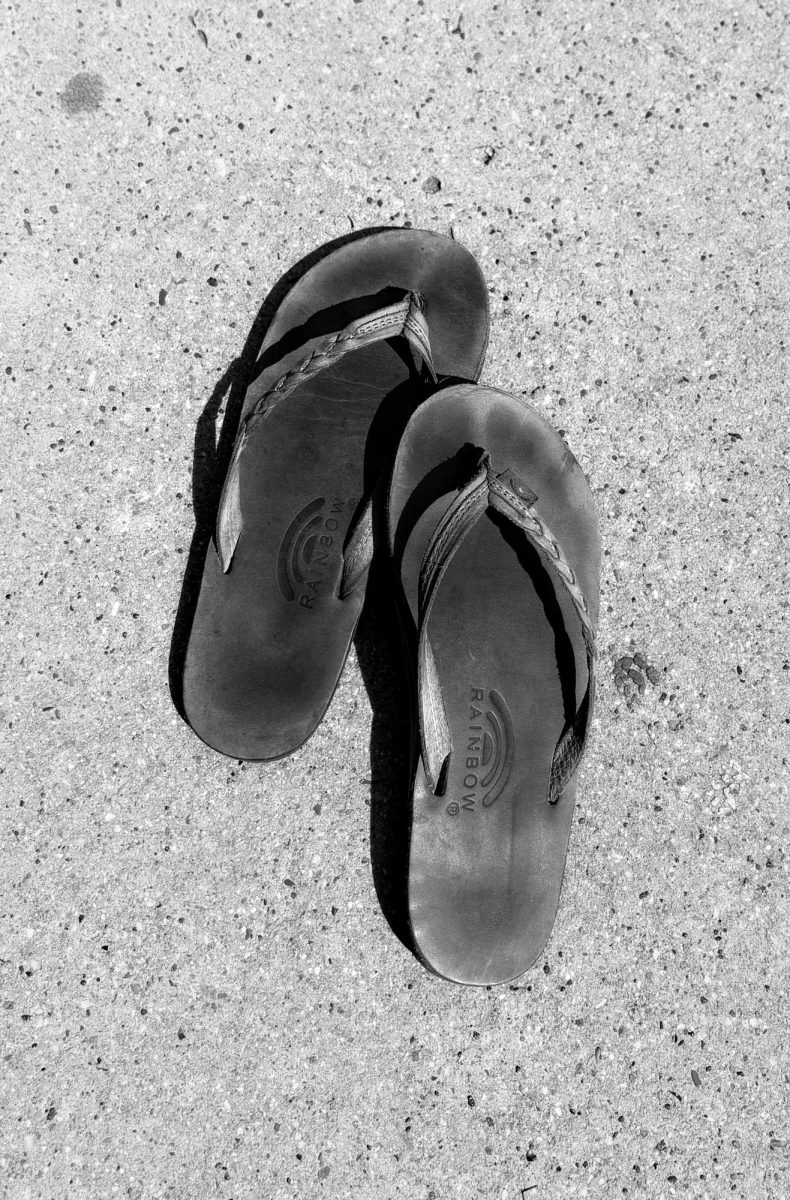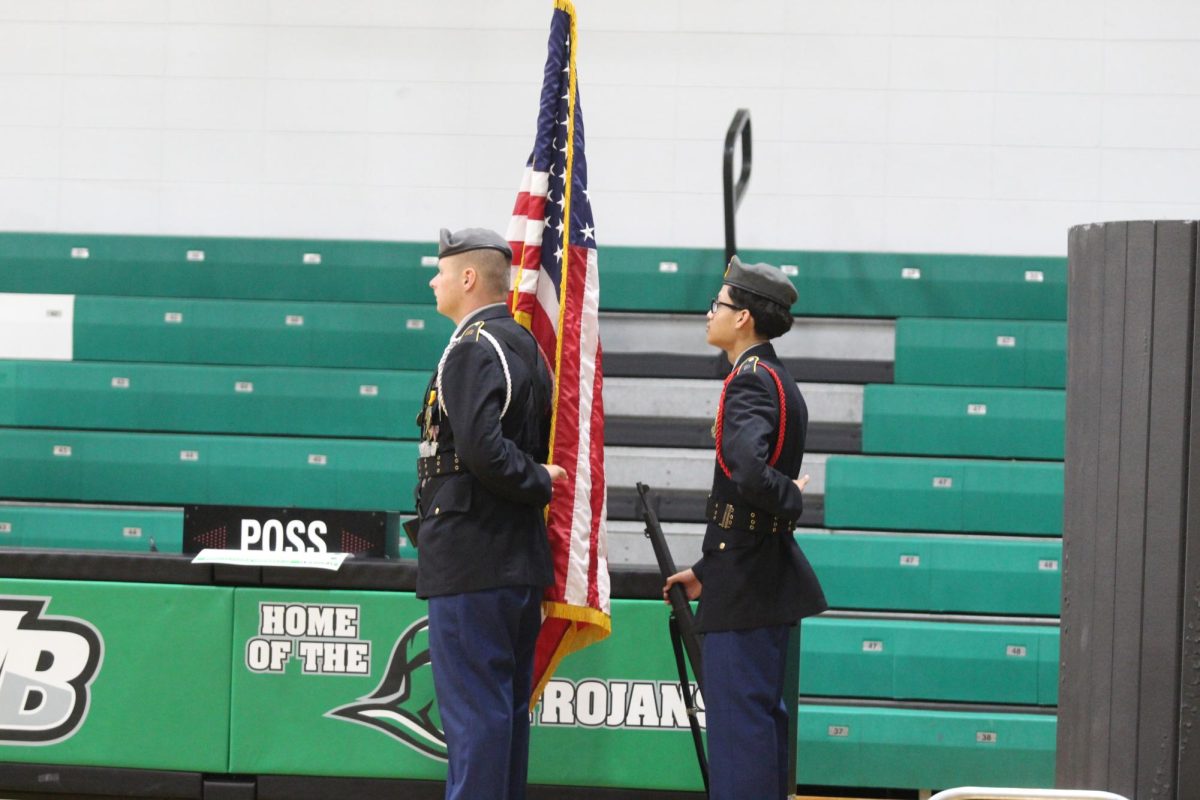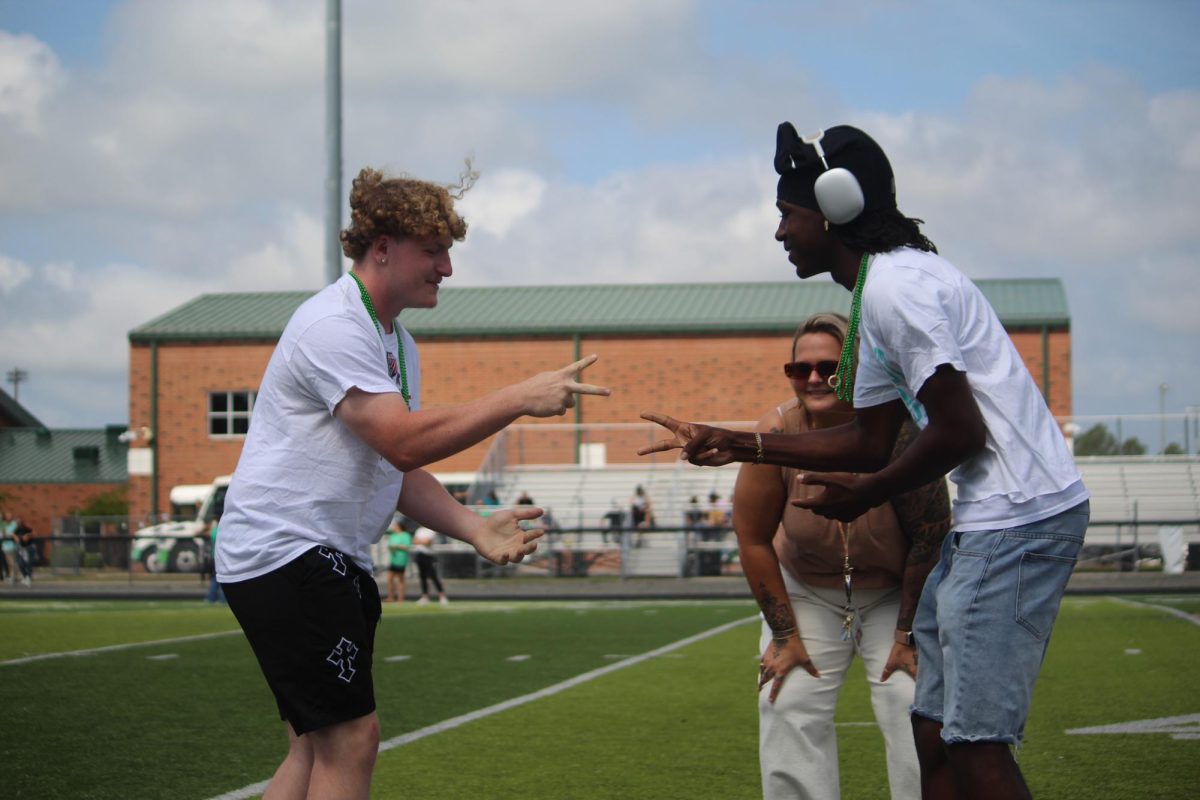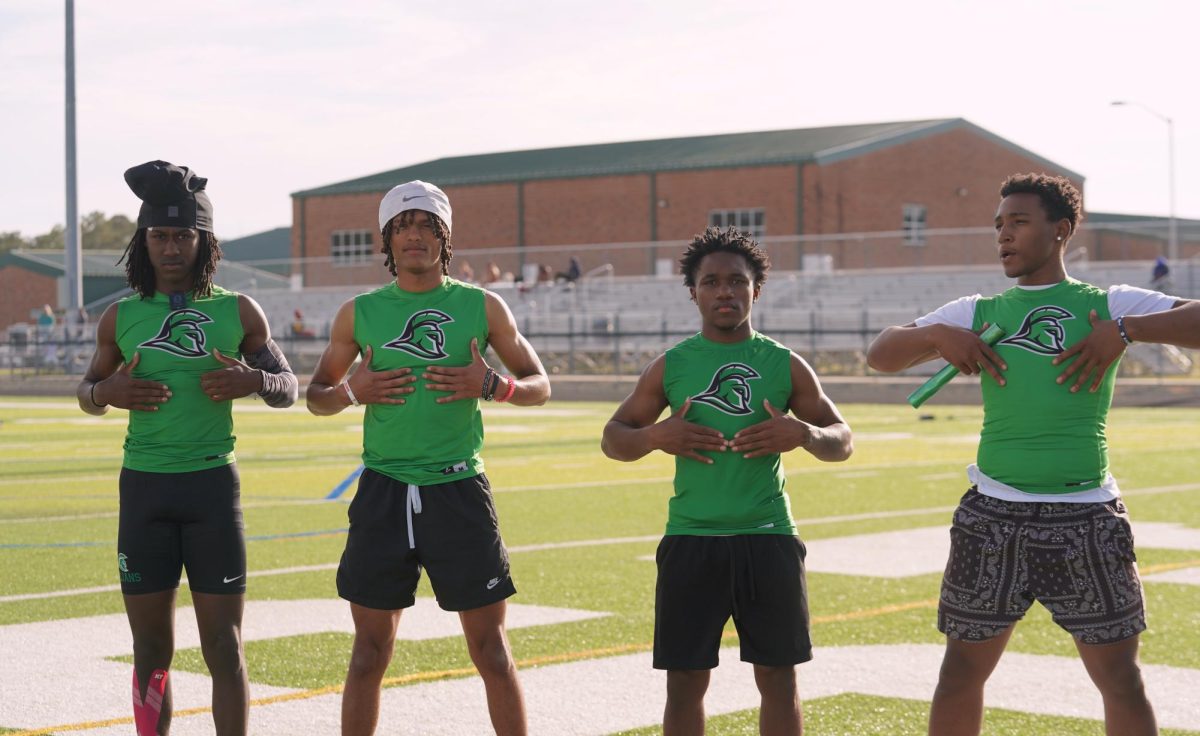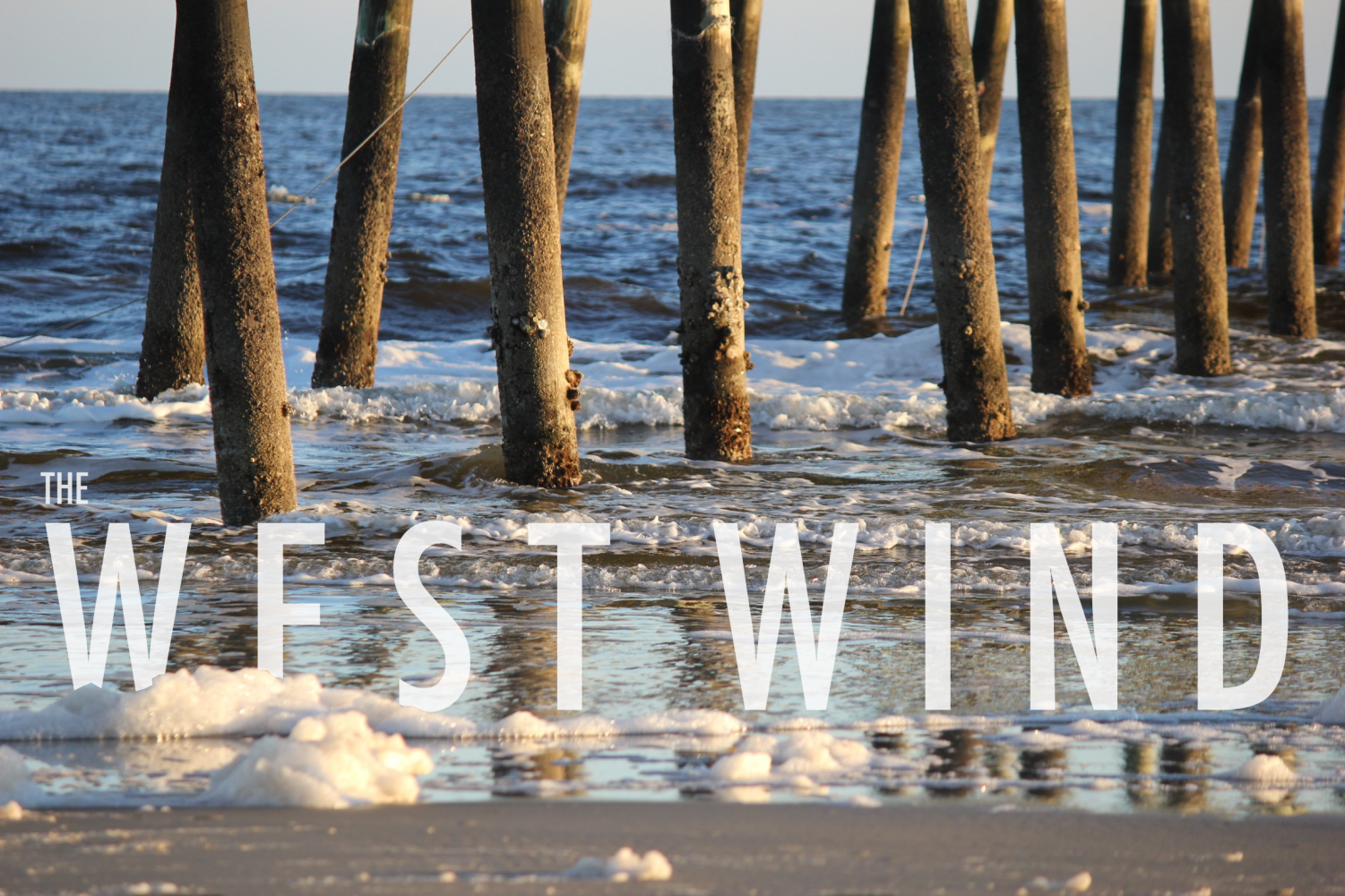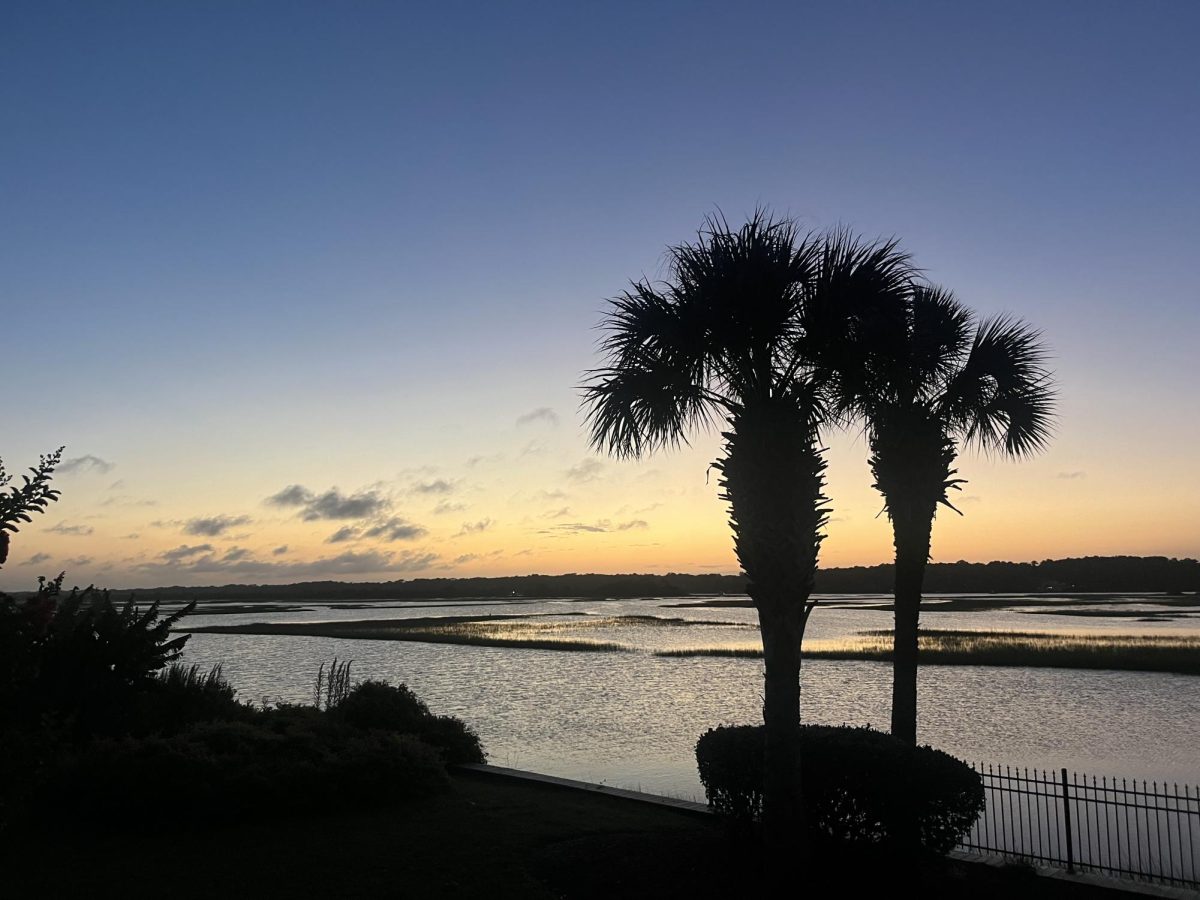Ocracoke Island, North Carolina is one of the southernmost points in the Outer Banks. It’s a very small village on a very small island, seeing about 900 people per year. It’s very cozy and welcoming, but also tucked away from the usual tourist attractions. Not only is the island known for being the cozy beach town it is, but also for its history.
Ocracoke Inlet was the last place where Edward Teach was seen alive, also known as the terrifying Pirate Blackbeard. He often braided slow burning fuses into his beard, which is where he got the nickname “Blackbeard.” He was killed during battle in 1718 as captain of the Queen Anne’s Revenge, while battling with British naval forces that were led by Lieutenant Robert Maynar.
After the battle, his head was hung on the front of Maynar’s ship as victory. Not only is there just pirate history, but the island has played a significant role in the Civil War. The most important resource that the island had was the inlet. It was used as a ship passageway, carrying lumber, cotton, liquor and other goods to nearby Beacon Island. Fort Ocracoke was built by the confederate government to protect the inlet.
Another part of the island that played a significant role in history is the British Cemetery. The cemetery is there in memory of 37 British and Canadian sailors who lost their lives in the HMT Bedfordshire. The HMT Bedfordshire was originally a fishing vessel, but was also used in the military for World War II. All 37 crew members sadly passed away when the ship was sunk by a rival German U-boat, but only 4 bodies were found.
In the Cemetery, there is a spot of land that is leased by the British Commonwealth, keeping the British Cemetery “Forever England,” making it a safe final resting place for those who fought for us.
Even though the island is relatively small, that doesn’t mean there isn’t tons of interesting history. Walking around town, there are plenty of historical sights to stop and see just to remind us how history can be found in the most unexpected places.


